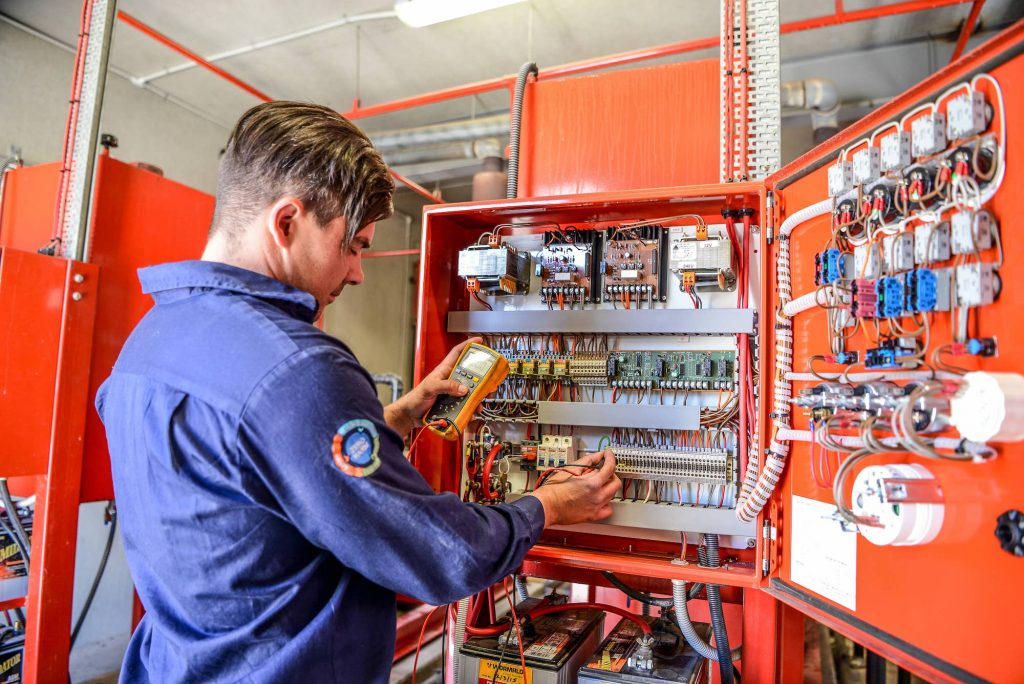What to do when a fire detection system has reached its end-of-life cycle

To ensure fire detection systems are reliable and operate as intended, equipment should be maintained in accordance with Australian Standards AS1851 (mandatory is some States and Territories).
Unfortunately, replacing fire detection systems is often not prioritised with many building owners and managers choosing to maintain existing systems for as long as possible rather than replace outdated equipment. Yet an aging system will often have reduced effectiveness which can have dire consequences in the event of a fire. Outdated systems can also increase the likelihood of false alarms, which can be costly for organisations who pay a fee whenever a fire truck attends on site.
The role of fire service providers is to conduct regular fire detection system maintenance and audits but currently there is no mandate that stipulates when outdated technology should be upgraded. Given the complexity and structure of various legislative requirements, a compliance audit should be undertaken regularly.
A compliance audit will determine whether the system is nearing or has reached its end-of-life cycle and provide recommendations about next steps. Often when a system is outdated, there will be a need for capital expenditure investment to replace and install new technology to meet compliance.
Leveraging capital expenditure for fire detection equipment
In general, the main considerations for upgrading a system will include the age of the equipment, whether it performs as required, if it is serviceable and the availability of spare parts. If an equipment upgrade is the only solution, a consultation with a fire service provider is the first step in determining how to budget for replacement equipment and the implementation process required to meet the site’s compliance requirements, whether by a complete refit or a phased approach. For example, a multi-storey building may choose to upgrade the equipment floor by floor.
While a fire detection system may still operate, it may not work to its optimal intent or specification. An old dysfunctional system can have a detrimental impact in several ways. Increased sensitivity of a smoke sensor can sometimes cause false alarms that can prove costly and interrupt buildings unnecessarily.
Decreased sensitivity can also delay the detection of a fire and the response time for fire services to attend and deploy a crew to contain fires. Another factor is the environment in which detectors are installed, for instance a sensor in a dusty and dirty location may have a reduced life compared to one in a clean and sterile environment.
Communication is also important in coordinating the service of fire detection systems, especially when state legislation can differ causing confusion when the application of AS1851 varies according to the state you live in.
Building owners and managers should talk to their service provider to understand when equipment is nearing the end of their service life and the replacement options available.
New technology in modern fire detection panels not only meets current legislation, but typically offers significant benefits such as the ability to integrate with building automation and control systems that can make it easier for fire service providers to access building information, undertake routine maintenance remotely and identify the location of people during an emergency. The newer systems also provide greater transparency around sensor data and reporting.
If your building is due for a fire equipment audit, Wormald has a team of specialists who can inspect fire detection systems to ensure they are working effectively, meet mandatory compliance requirements and provide equipment upgrade recommendations including finance options that include 3–5-year capital expenditure plans. For further information and advice, contact the Wormald team on 133 166.

